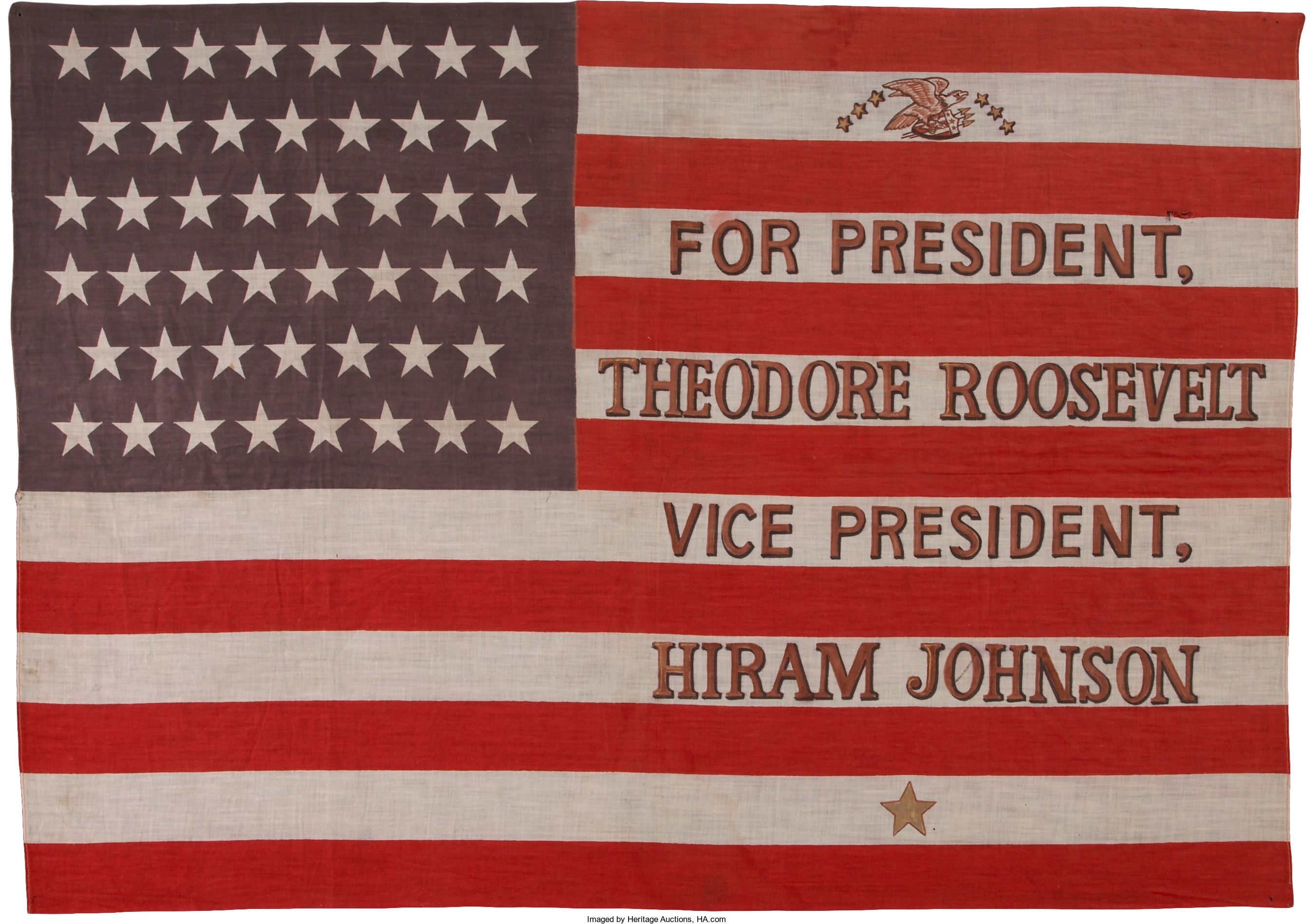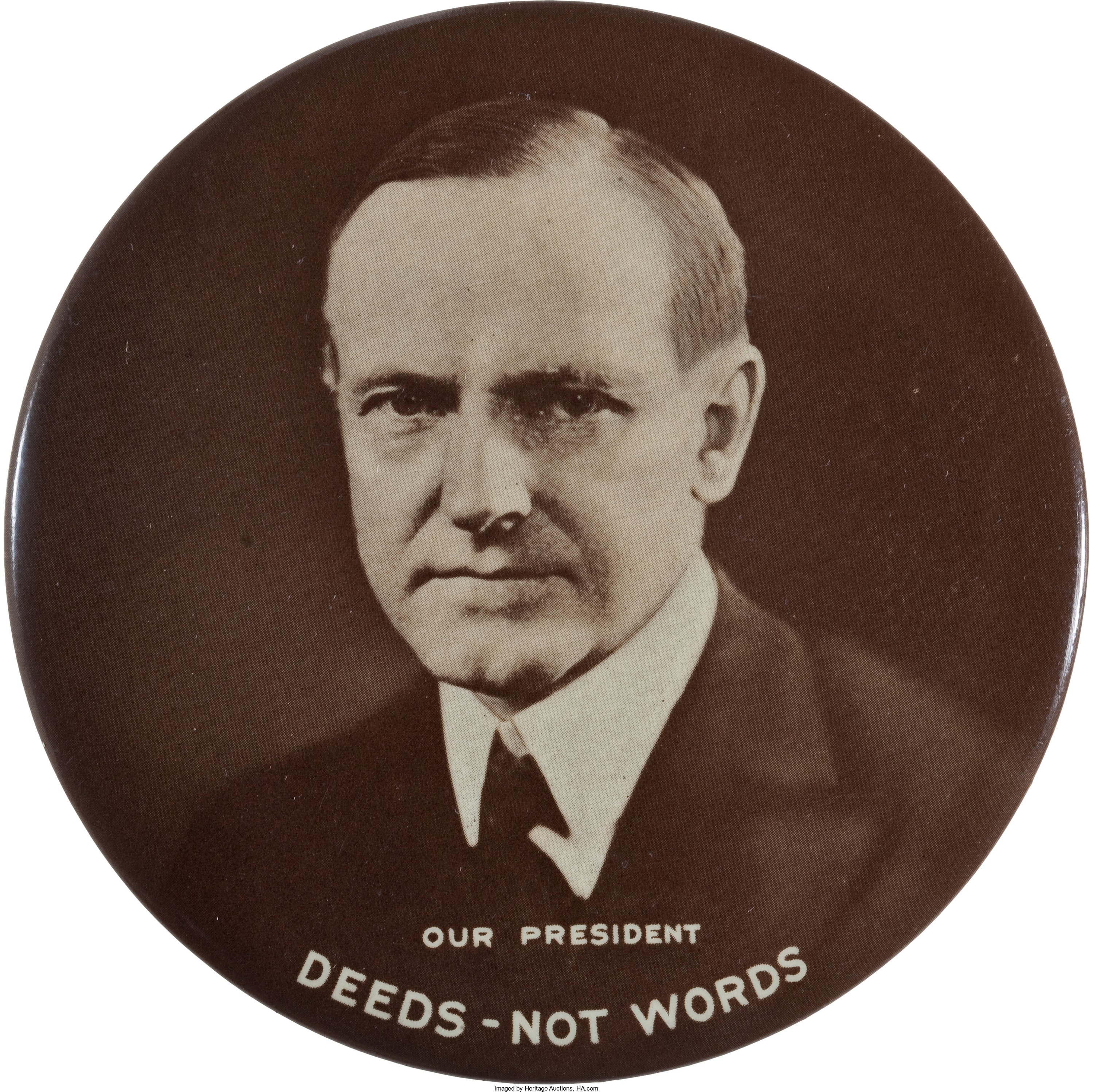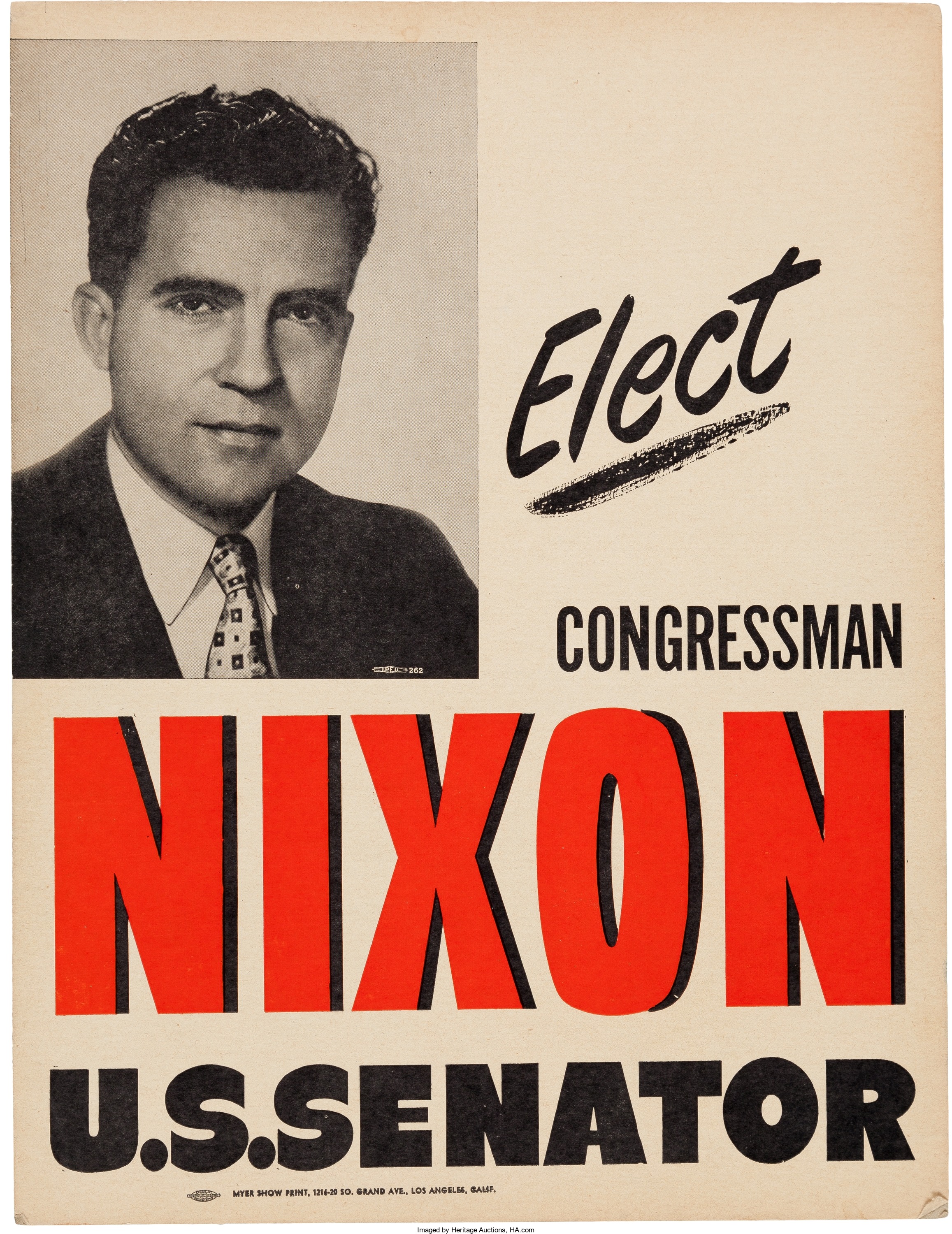
By Jim O’Neal
Former President Bill Clinton often reminded voters that if they voted for him, they would get “two for the price of one” – referring, of course, to Hillary. Little mention was made that Al Gore was included in the deal. One assumes that now Hillary has a similar promise tucked away for the appropriate time.
Quite the opposite was true when Woodrow Wilson won the presidency in 1912. His first choice for VP, House Speaker Oscar Underwood of Alabama, turned him down, and the delegates chose Thomas Riley Marshall, much to Wilson’s dismay.
Later, he treated his VP with disdain, not terribly uncommon, except in this instance, Wilson unfairly branded him an unworthy featherweight – “A small caliber man” … “brought along to deliver Indiana’s electoral votes and little more.”
Once in Washington, Marshall spoke his mind early and often, but quickly saw it was a waste of time. After Wilson literally forced him to move his office out of the White House, he settled into the tedium of his daily chores and practiced keeping his wit sharp as a well-paid public speaker.
However, he soon decided his role as President of the Senate was his primary constitutional duty and devoted most of his time there. Marshall sincerely believed the office of VP was an extension of the legislature as opposed to the executive branch. On March 8, 1917, he led an effort to impose a rule on senators to end filibusters if two-thirds of voting senators agreed. This helped eliminate anti-war efforts to block supplies for Europe.
One exception was when Wilson was in Europe after the United States entered World War I. VP Marshall became the first to hold Cabinet meetings in the absence of the president. But this was short-lived.
After President Wilson was partially paralyzed and without any doubt incapacitated by a second stroke in October 1919, Vice President Marshall should have moved forcefully to assume the presidency.
He had the backing of Secretary of State Robert Lansing, Cabinet members and Congressional leaders. Instead, he allowed the First Lady, Wilson’s personal physician and Wilson’s cronies to conceal the president’s condition in an elaborate cover-up involving seclusion, forged signatures and false health reports.

And so the man who, as governor of Indiana, had personally laid the final “Golden Brick” to complete the Indy 500 Speedway in 1909 contented himself with press reports, senatorial oversight and some of the most scathingly delightful commentaries and one-liners ever uttered about the office of the vice president.
Voters literally got “one for the price of two,” but ironically this did not include either President Wilson or VP Marshall, but Edith Bolling Wilson – the First Lady and Wilson’s second wife.
P.S. Marshall’s only real claim to fame is the phrase “What this country needs is a good 5-cent cigar.” That line actually originated in Kim Hubbard’s comic strip Abe Martin of Brown County. Marshal saw it, repeated it on the Senate floor and myth became history (once again).
Intelligent Collector blogger JIM O’NEAL is an avid collector and history buff. He is President and CEO of Frito-Lay International [retired] and earlier served as Chairman and CEO of PepsiCo Restaurants International [KFC Pizza Hut and Taco Bell].


 Intelligent Collector blogger JIM O’NEAL is an avid collector and history buff. He is President and CEO of Frito-Lay International [retired] and earlier served as Chairman and CEO of PepsiCo Restaurants International [KFC Pizza Hut and Taco Bell].
Intelligent Collector blogger JIM O’NEAL is an avid collector and history buff. He is President and CEO of Frito-Lay International [retired] and earlier served as Chairman and CEO of PepsiCo Restaurants International [KFC Pizza Hut and Taco Bell].



